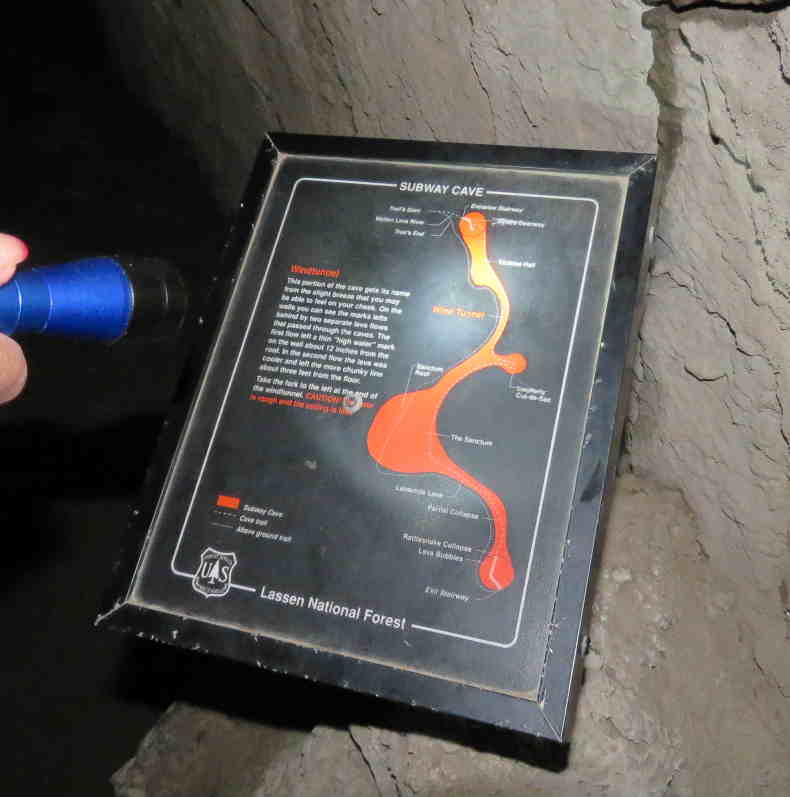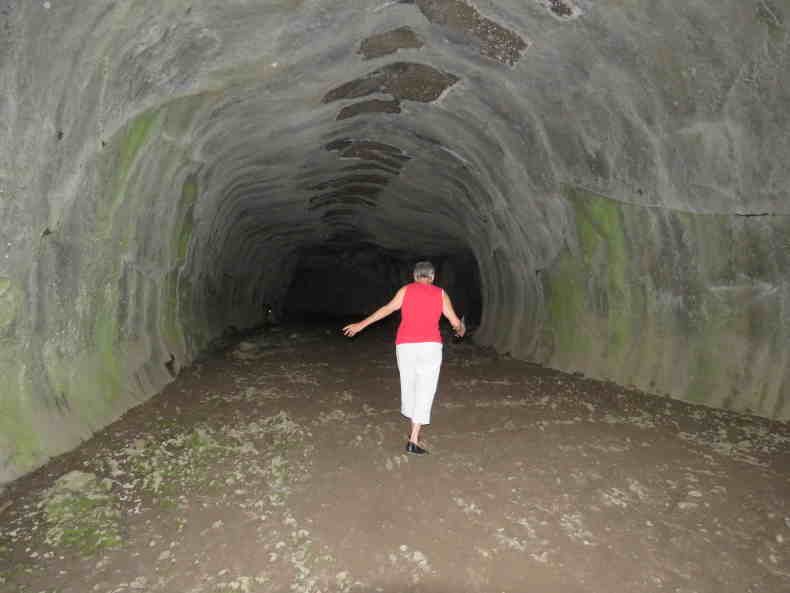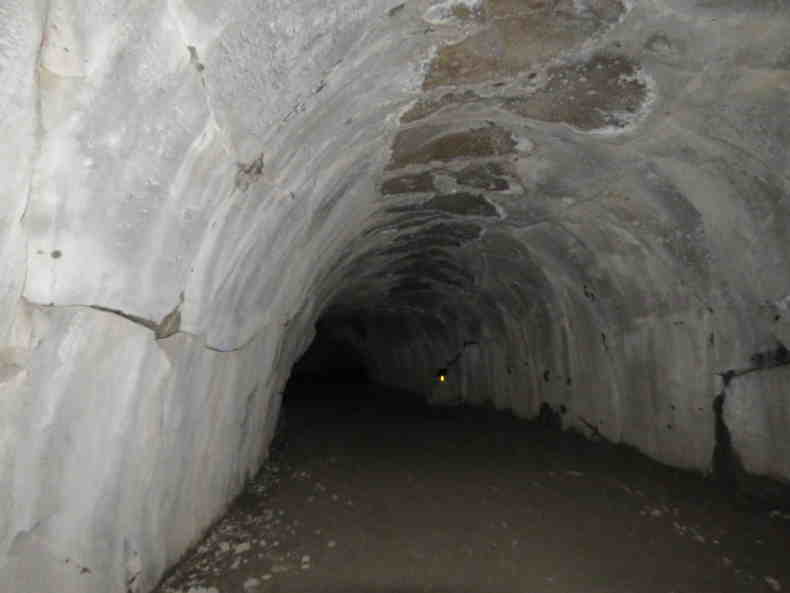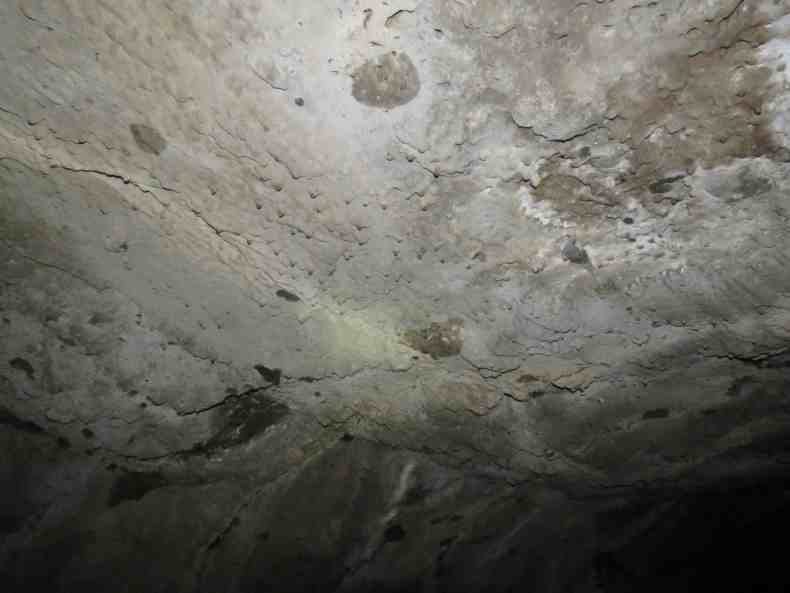|
|
Post by woodman on Jul 21, 2019 18:34:43 GMT -5
 Took a road trip to NOrthern California for a couple of days and stopped at the lava cave north of Mount Lassen.   Always wanted to, but never was open in the winter when I was there, so ahd to stop this time. Impressive to say the least. |
|
RWA3006
Cave Dweller 
Member since March 2009
Posts: 4,633 
|
Post by RWA3006 on Jul 21, 2019 22:25:01 GMT -5
How deep is it? Is it cold in there?
|
|
tomg
starting to spend too much on rocks
 
Member since January 2019
Posts: 103
|
Post by tomg on Jul 21, 2019 22:40:13 GMT -5
|
|
Deleted
Deleted Member
Member since January 1970
Posts: 0
|
Post by Deleted on Jul 22, 2019 1:20:39 GMT -5
Much smoother walls than those around here. Must have been a very liquid, single flow. The ones here in central Oregon tend to have striations along the sides that show the levels during multiple eruptions.
|
|
|
|
Post by woodman on Jul 22, 2019 9:01:39 GMT -5
Much smoother walls than those around here. Must have been a very liquid, single flow. The ones here in central Oregon tend to have striations along the sides that show the levels during multiple eruptions. I nee d to check those outone of these days. the floor was very rough and hard to walk on. the walls and ceiling were coated with a layer of what looked like a calcium deposits. |
|
|
|
Post by taylor on Jul 22, 2019 12:39:30 GMT -5
Wow! Gotta go there some day!
|
|
Kai
spending too much on rocks
 
Member since December 2018
Posts: 331
|
Post by Kai on Jul 22, 2019 12:44:47 GMT -5
wow, impressive indeed! Slightly scary..
|
|
|
|
Post by Rockindad on Jul 22, 2019 17:50:45 GMT -5
Been to Ape Cave near Mt. St. Helens years ago, I highly recommend. I am a bit impartial though as caves have always fascinated me. Going to Mammoth Cave NP in Kentucky next month, recommend that one as well.
Al
|
|
gemfeller
Cave Dweller 
Member since June 2011
Posts: 4,059 
|
Post by gemfeller on Jul 22, 2019 21:58:29 GMT -5
Years ago, before Craters of the Moon in Idaho became a national monument, I had a chance to crawl through several of its interesting lava tubes. The basalt in that area is mostly aa lava as opposd to pahohoi -- names derived from Hawaiian lava types. Pahoihoi is smooth and bubbly while aa is spiny and fragmented.
I discovered what they called an "ice-perched spring." Water from winter snow accumulates in the tubes, then freezes. It remains freezing even in hot summer weather. While I was crawling through a dark part of the cave lit only by my flashlight, I jumped in surprise when I saw two wide eyes staring at me from deep within a patch of glass-clear ice. It was an unfortunate jackrabbit who'd somehow gotten into the cave and died. It was eerily locked in an icy grave. It spooked me for a second.
ETA: Whoops, I misspelled pahoehoe. Long time since my geology classes.
|
|
|
|
Post by Peruano on Jul 23, 2019 7:28:29 GMT -5
I've been in innumerable lava tubes (primarily Galapagos) and they never had smooth walls. There they typically form in pahoehoe lava types (the lava flows rather than solidifying and crumbling like the aa types). The tubes form where the ejection is fast enough that the lava flows underground before it can cool. Obviously it cools on the sides and top if it slows enough and that's where you get a surface of vesicles with jagged points like you find on just about every piece of pahoehoe lava (on the bottom surface). Many Galapagos tubes are close to the ground and the ceiling may be a thin layer or very thick, but when it collapses and hence provides an opening to the surface, it becomes an oasis of light, source of energy for mosses and ferns, and yes a source of rock rubble that can entirely occlude or merely pinch off the passage.
Either the Lassen example has calcium solutions dripping on the walls to cover them with precipitate or the land managers plastered the wall for safety (doubt that).
|
|
|
|
Post by woodman on Jul 23, 2019 9:03:53 GMT -5
Does look like calcium on the ceilings and walls.  |
|
|
|
Post by Peruano on Jul 23, 2019 19:53:37 GMT -5
Lavas are porous and often have significant water dripping through major layers of rock. We at times would collect water from the drips in lava tubes and it was pure enough to drink without problems. Drop by drop it accumulates through time (water and the deposits it leaves).
|
|
|
|
Post by bobby1 on Sept 3, 2019 0:07:15 GMT -5
Have you ever been in the lava caves in the Lava Beds National Monument near Tulelake, California? I went there many times when I was growing up.
Bob
|
|